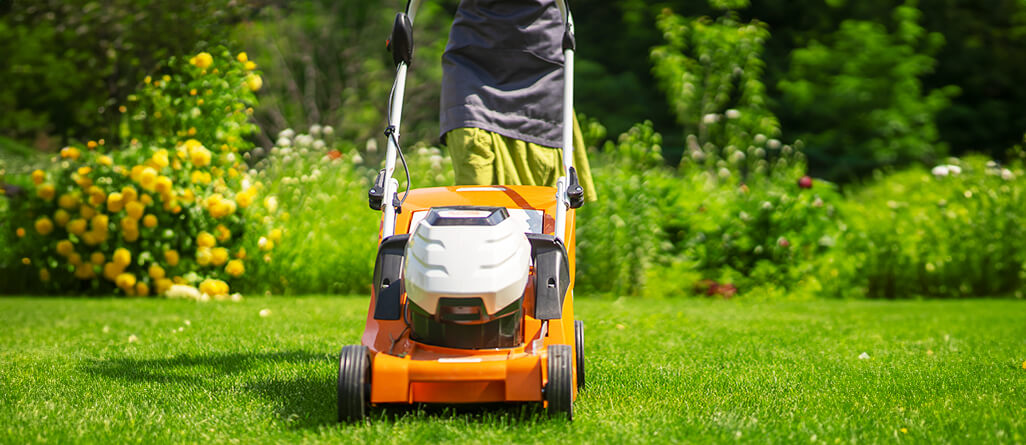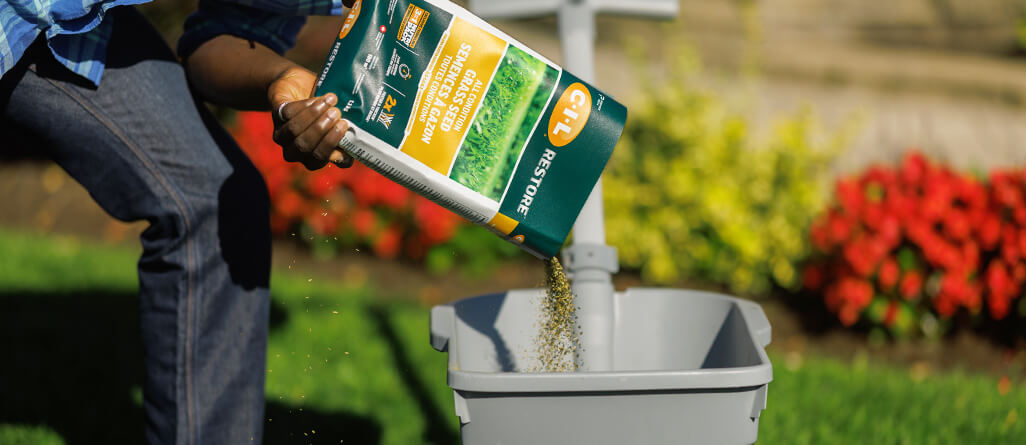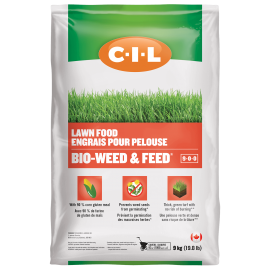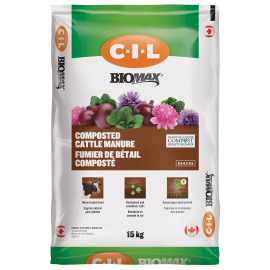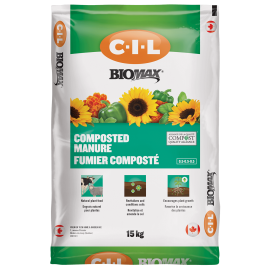How does my lawn grow?
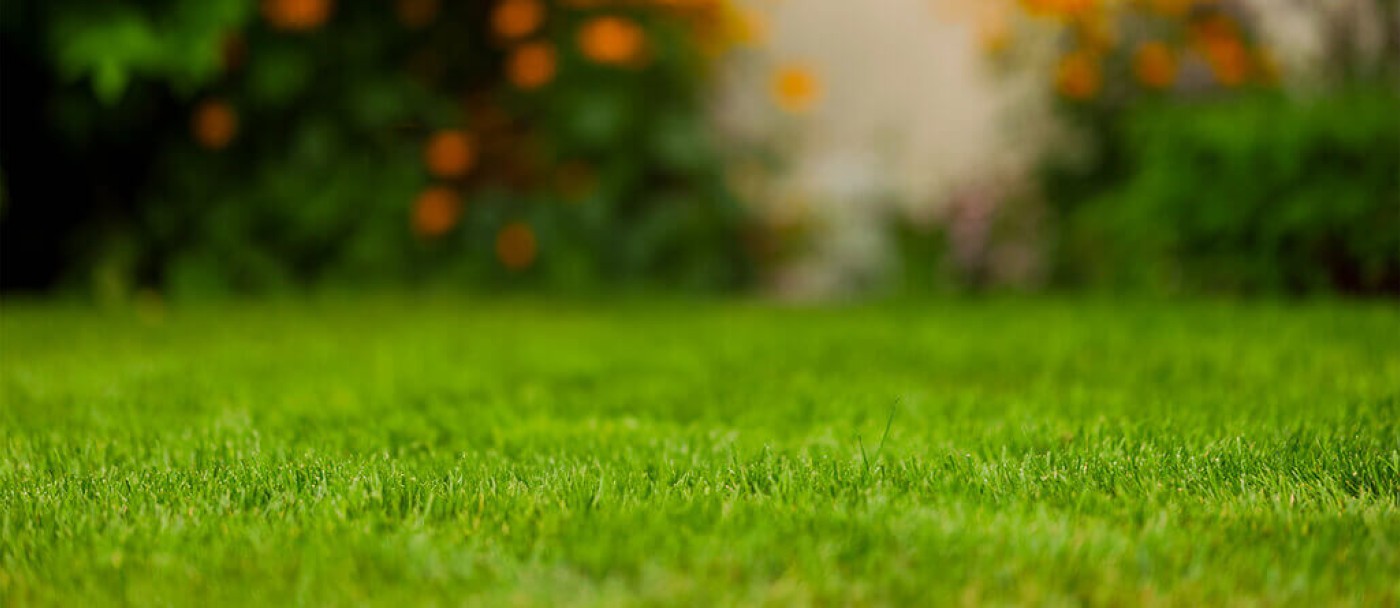
Above ground
It is curious that a lawn survives even though we always cut it down. Most plants would not survive a weekly pruning to ground level. That’s because grass grows from the crown at the base of the plant, while other plants grow from their outer extremities.
With grass, the old growth is at the top and all new growth is at the bottom. The more you mow your lawn, the more you force new growth out of the crown. Cutting grass encourages it to put its energy into roots and new shoots instead of letting it grow to its natural hay-like height. Mowing will help your grass to both spread and thicken.
Below ground
Meanwhile, the roots develop in a totally different manner: new growth comes from the tips of the roots instead of the crown. The roots stretch out in search of water and nutrients. If the roots are shortened, due to being damaged by insects or dried out, the grass plant suffers.
What’s interesting is that there is a correlation between root depth and lawn height. The taller the grass is allowed to grow, the deeper the roots will be.
Lawn mow
A good cutting height of 10 cm (4 inches) will create deeper grass roots. If you mow your lawn short (5 cm, or 2 inches), your lawn will have shorter roots and will need more water and nutrients to compensate for what they can’t reach.
Besides, taller grass blades shade the crown from the heat of the sun better than short grass and provide a bit of a shield from weed seeds looking for a bare spot to germinate. It’s always a good idea to raise your mower height.
How do lawn grasses spread?
Basically, there are two types of grass plants: bunch grass types and spreading types.
The bunch types are single plants that spread by sending tillers, which are new stems, off the side of the crown. It takes a long time for individual bunch grasses to fill bare areas. It can only spread close to the main plant.
The advantage of seed mixes
That’s why most grass seed blends that you buy have a combination of bunch grasses (known for deep rooting) with shallow-rooted spreading grasses like Kentucky bluegrass or creeping fescues, which fill in the bare spots.
The bluegrass and fescue put out rhizomes, which are underground runners that pop out a distance from the mother plant as soon as they find a bare spot to grow. Rhizomes are a great way to fill in the lawn, with their ability to spread out and knit in with the hardier bunch grasses.
The only disadvantage is that they are shallow-rooted and tend to dry out and go dormant in the heat of the summer, long before the bunch grasses.
What’s under the lawn?
Lawns may have different soils underneath them. Some may have deep organic topsoil while others may only have a thin layer of soil spread over compacted subgrade. In newer subdivisions, the original farmland topsoil is stripped off and stored off-site until the project is near completion.
One of the last activities in a new subdivision is getting the future lawn areas graded by having a bulldozer spread subgrade fill to match the final grades that are specified in the plans to drain water correctly. Then a small part of the retained topsoil is spread over this subgrade, usually 6 inches thick, that is, before the compaction of the equipment.
What is your soil pH?
In Canada, there are varying levels of soil pH from east to west. The pH level will dictate what nutrients are available. For example, at a neutral pH of 6.5-7.5, most nutrients in the soil are available to the lawn. In general, this encompasses most of central and western Ontario.
A low pH, such as 5-6.5, as found mostly in eastern Canada and the west coast of B.C., will require an application of lime to help raise the pH. In the Prairies, the pH levels are usually higher, such as 7.5-8, and may require some gypsum or sulphur applied to the lawn.
If not, it is possible that many nutrients in either acid or alkaline soils will be unavailable to the roots. You can get a simple pH test done cheaply, but otherwise it’s a good practice to lime or sulphur the lawn twice a season in those areas.
For more information, read What will a soil test tell you?
Feeding the lawn
Leave your grass clippings on the lawn if they aren’t too thick and smother the grass. Clippings are good for retaining organic matter but are converted to nutrients only during the summer months when it is above 20 °C.
The cooler spring and fall seasons are when the grass plants are active in both root and shoot growth, and clippings aren’t available yet as nutrients. Even the highly organic topsoil would still require lawn fertilizers, especially in the spring and fall when the clippings aren’t available.
The newer lawn in a subdivision would not only need the fertilizer, but also an annual topping-up of organic matter to help build up the soil. Besides leaving the clippings, this can be achieved by spreading a thin layer of compost over the lawn every early spring.
These tips about growing conditions will help you have a healthy and beautiful lawn.
